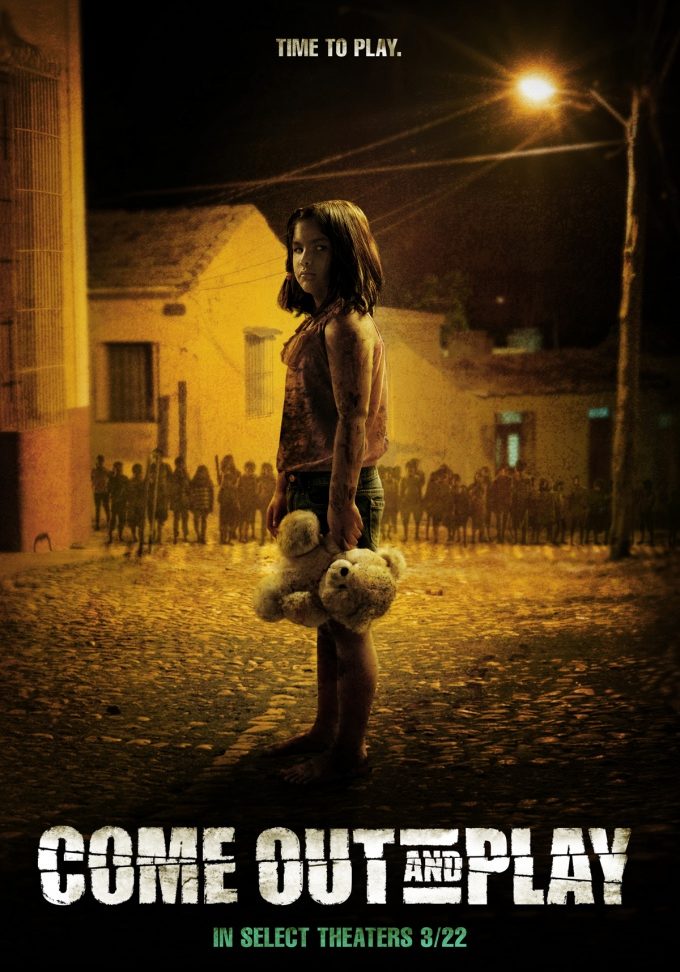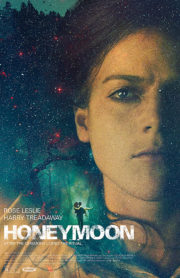Whispers of Innocence Turned Sinister
In the unsettling corridors of horror cinema, “Come Out and Play” lurks with a deceptive guise of serenity, waiting to unfurl its eerie tale. Directed by Makinov, a director shrouded in his own mystery, the 2013 film intends to subvert the idyllic with the horrific. Adapted from Juan José Plan’s 1976 Spanish film “El Juego de Niños”, the movie escorts viewers to an isolated island where a vacationing couple, Beth and Francis, encounter a sinister reality: a village mysteriously absent of adults, dominated by eerily well-organized children.
Building a Creeping Dread
“Come Out and Play” weaves an atmosphere thick with a sense of foreboding, forsaking the reliance on jump scares for a lingering, unsettling tension. The remote island setting becomes a silent entity, its picturesque beauty juxtaposing the growing horror. Makinov crafts a world where the sunlight seems oppressive, not warming, and the laughter of children echoes with chilling malice.
A significant contributor to the film’s disquiet is its strong emphasis on anticipatory fear. The director’s approach allows the audience’s imagination to shadow box with the unknown, playing on inherent fears of isolation and the perversion of innocence. Nevertheless, the question remains whether the expectation of horror surpasses the reality of what eventually unfolds on screen.
Visually Disturbing Vacation
The cinematography of “Come Out and Play” is markedly restrained, utilizing the tranquil beauty of the setting to amplify the story’s undercurrent of terror. Lighting and color palettes are naturalistic, with the brightness of day serving not as a comfort, but a stark backdrop for the unimaginable. The camera lingers on empty spaces and often captures events in wide shots, making the viewer a distant, helpless observer to the unfolding nightmare.
While special effects are minimalistic, their scarcity ensures that moments of violence punctuate with startling acuteness. The film avoids flashy techniques, instead opting for an authenticity that is perhaps more unnerving.
Sounds of Silence and Screams
The film’s auditory landscape is a character in itself, with the natural sounds of the island—the lapping waves, the rustling foliage—gently threaded with an unnerving score. The lack of overpowering music allows the stillness and the children’s unsettling presence to resonate more profoundly. The absence of sound in certain scenes engulfs the characters, and audience, in a palpable dread, demonstrating that sometimes silence screams the loudest.
Child’s Play Turned Deadly
The portrayal of the couple is grounded, with their reactions to terror rooted in a believable normalcy starkly contrasted by the children’s unsettling poise. This dichotomy creates an unnerving effect, though at times the measured pace tests the characters’ depth and the actors’ capacity to maintain engagement.
Specifically, the child actors embody an eerie composure that unnervingly distills horror through their dispassionate acts of violence—their performances are a cornerstone of the movie’s disquieting impact.
Terror in Innocence
Exploring a horror subgenre that involves murderous children, the film taps into the profound terror found in the perversion of innocence. It implicitly questions societal constructs of childhood while refraining from an overt supernatural explanation. “Come Out and Play” challenges viewers to confront the primal fear that even the most innocent among us may harbor darkness.
The techniques used to unsettle fall heavily into the psychological realm, fostering an atmosphere of dread rather than resorting to gory visuals. This subtlety is a double-edged sword, creating a low simmer of discomfort that risks underwhelming those desensitized by the genre’s more visceral entries.
A Playful Facade with Sinister Undertones
“Come Out and Play” indulges in horror not just for thrills, but as a medium to forego dialogue in favor of a deeper, disconcerting visual and auditory experience. The choice to strip away conversation echoes the film’s theme—the unspeakable nature of its horror. This minimalist approach either enhances the film’s haunting nature or leaves a void where emotional engagement should take root.
While not the pinnacle of horror innovation, and possibly lacking the impactful punch for genre enthusiasts, “Come Out and Play” delivers a quietly alarming viewing experience. Its effectiveness is most tangible in the creeping realization that the sunlit paradise of the island is anything but.
Fans of slow-burn horror that prioritize atmosphere over action will find this film a fitting match. However, the squeamish should beware—while not gratuitous, moments of brutality are disturbingly frank.
Taking Playtime Seriously
“Come Out and Play” is a film of contrasts—beauty against brutality, silence against screams. Its chief strengths lie in its atmosphere and haunting core concept, leaving an imprint on viewers long after the credits roll. Its pacing and subtlety may deter those seeking a faster pace and more graphic content, but for the connoisseur of quiet terror, this film will not disappoint.
Well-suited for contemplative horror fans, “Come Out and Play” merits a watch for its novel setting and disconcerting portrayal of corrupted innocence. There’s a lingering sense that more could have been explored within its premise, but ultimately, the movie tightens its grip on the psyche, chilling in its implications. Viewer discretion is advised due to the unsettling nature of violence involving children. In sum, Makinov invites us to a sinister game—one that manipulates conventional horror play, disturbingly shifting the rules.




